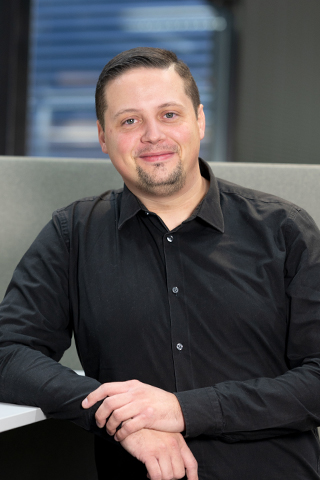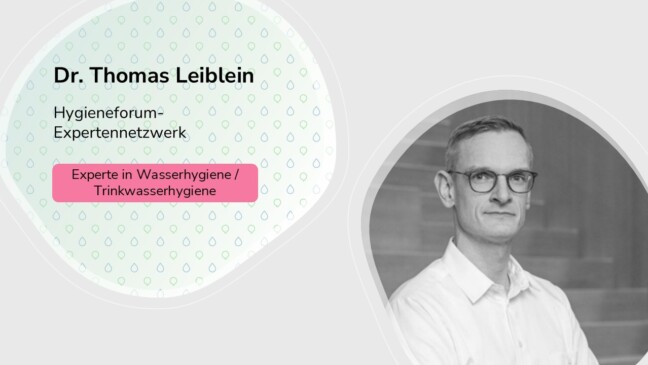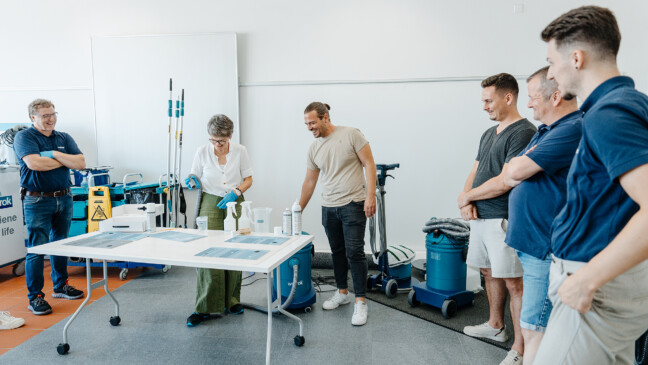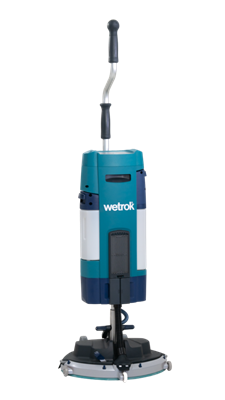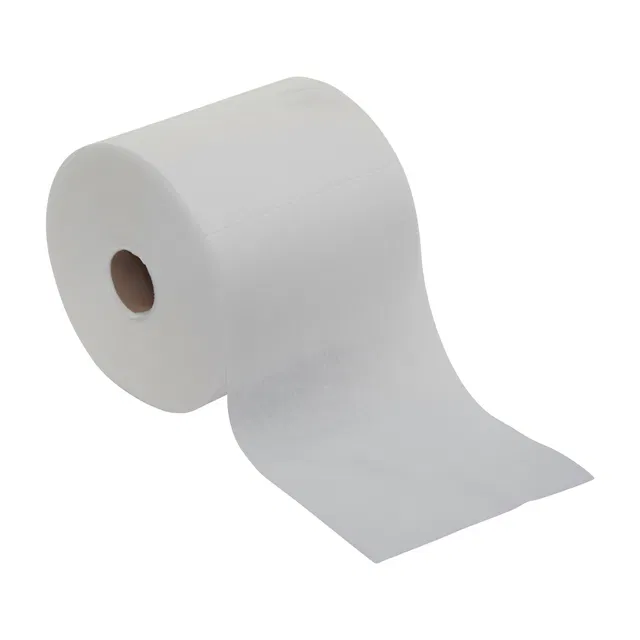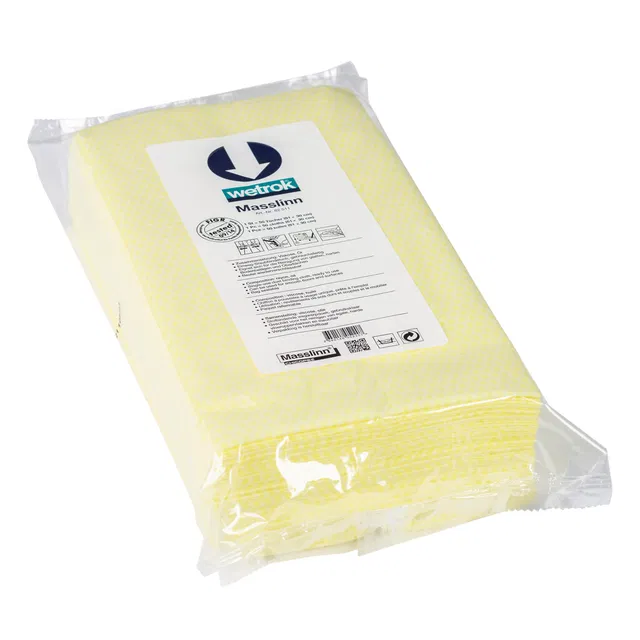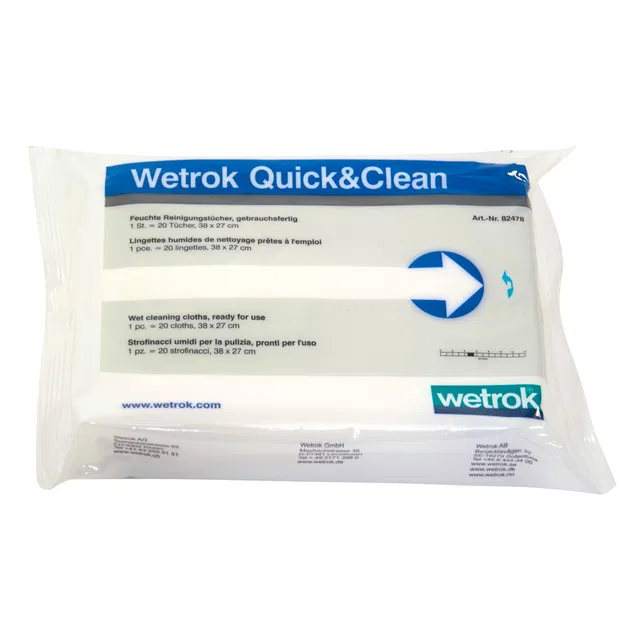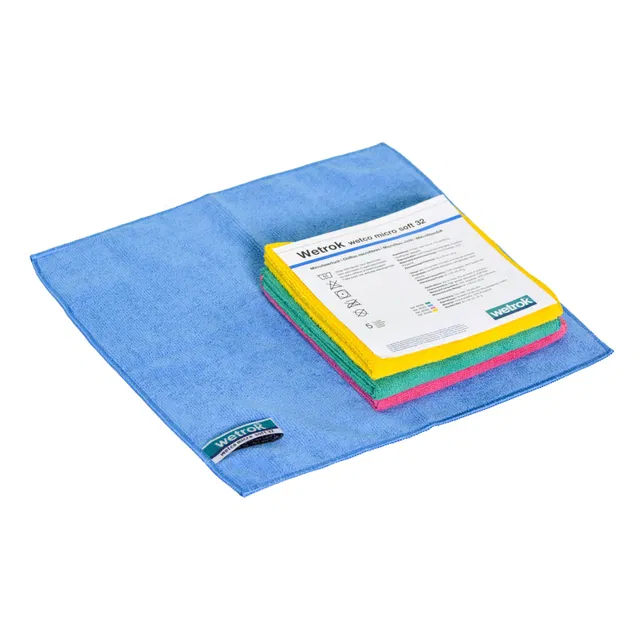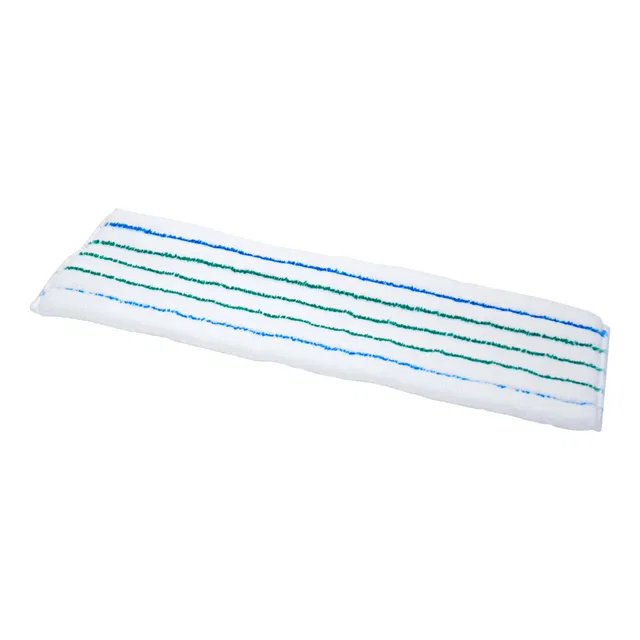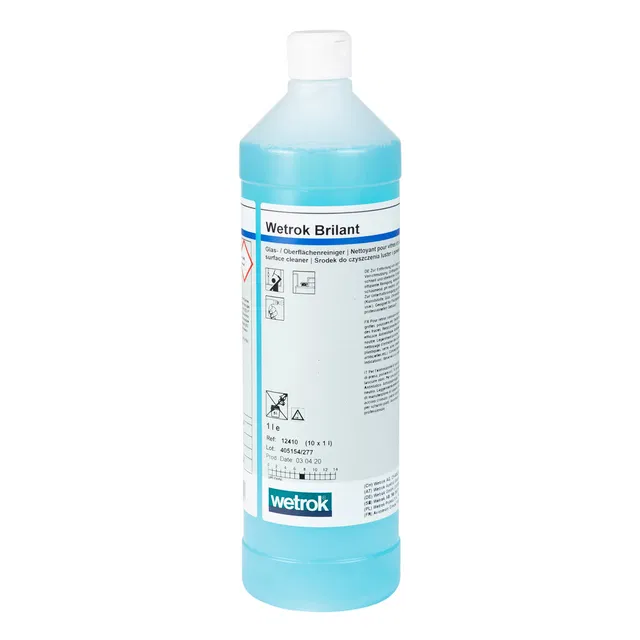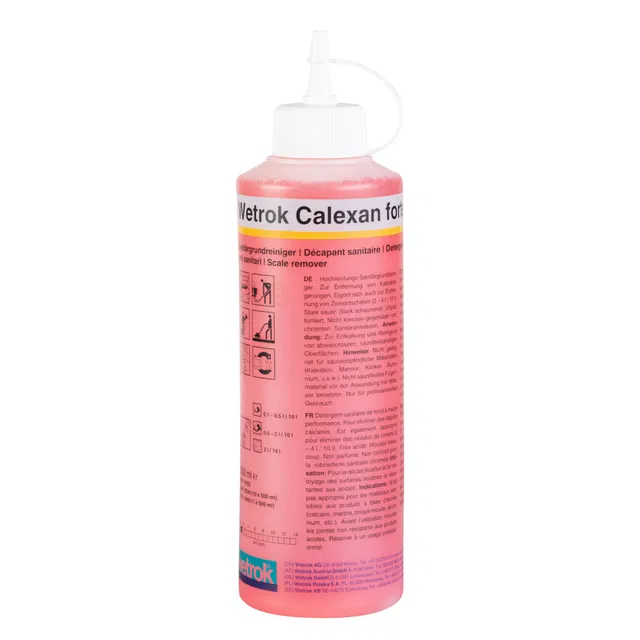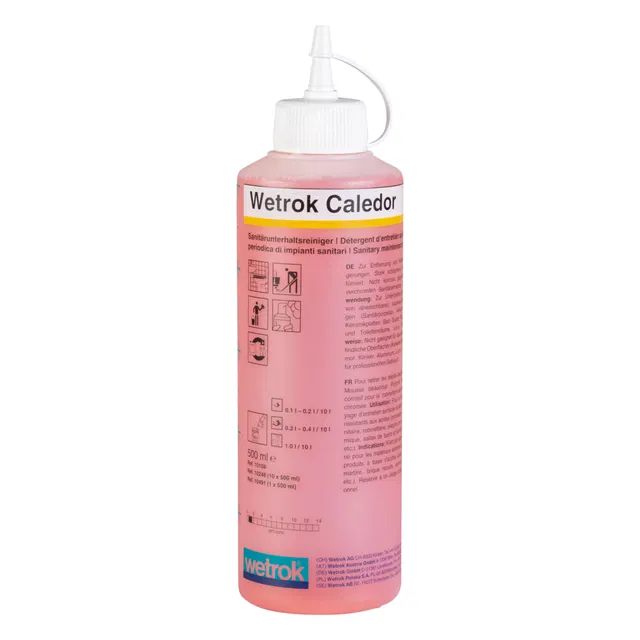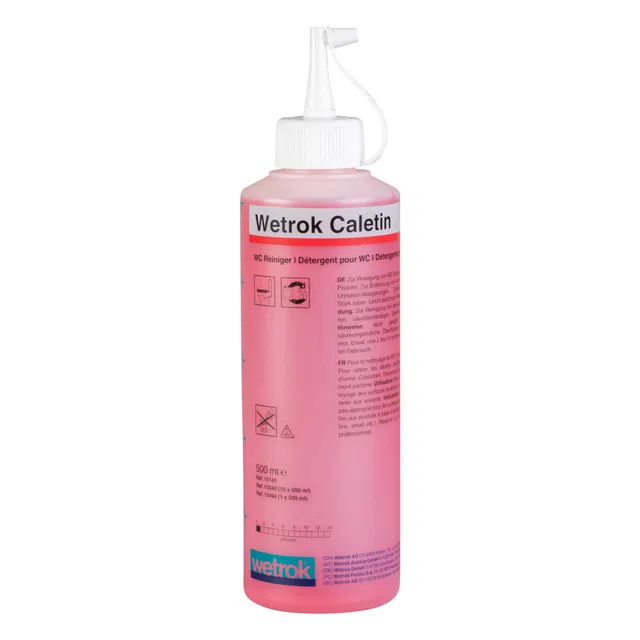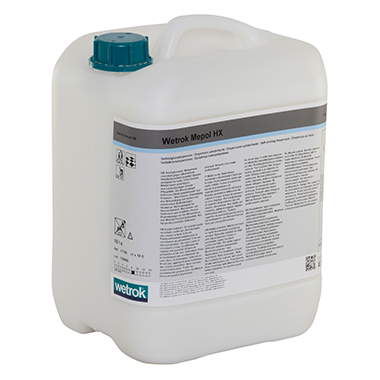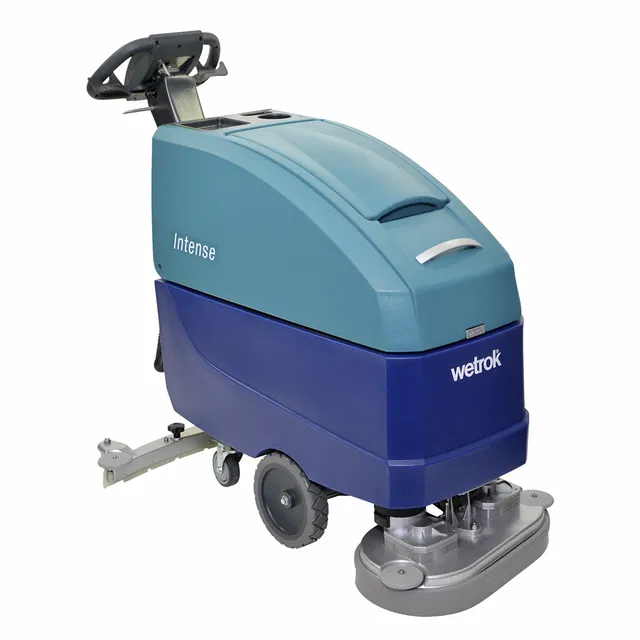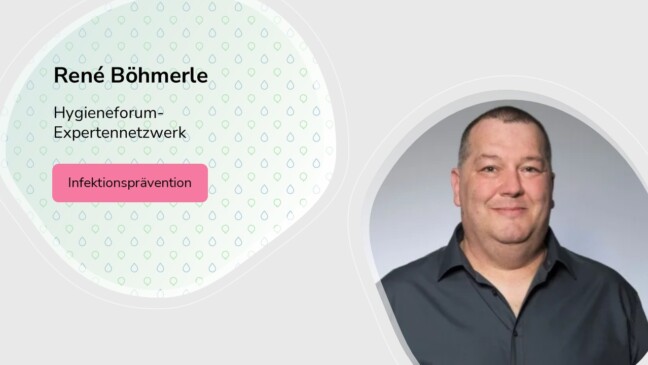
06.05.25
Focus on efficiency and sustainability: An interview with Mathias Gaio and Roland Herzog about the Wetrok Competence Centre (Part 1)
Mathias Gaio and Roland Herzog, experts at the Wetrok Competence Centre, share their insights into the development of customised cleaning and hygiene concepts. The competence centre, known as "Exposé" since 1971, offers solutions that take into account cleaning equipment as well as personnel costs and efficiency. It attaches great importance to sustainability and efficiency, with each concept being customised to the specific needs of the customer. One example of the success of these concepts is the hygiene concept for the Rietberg Museum.

Introduction Mathias Gaio
Mathias Gaio is a trained building cleaner EFZ and has been working at Wetrok in Kloten for five years. He began his career at Wetrok as an application engineer before moving to Exposé, the Wetrok competence centre, where he still prepares cleaning calculations and works as a consultant for cleaning and hygiene concepts.
Presentation Roland Herzog
Roland Herzog has already celebrated his twentieth anniversary at Wetrok, where he has held various positions. His career originally began in the chemistry laboratory. However, he also completed training as an EFZ building cleaner and technical business administrator. He has now been in charge of Wetrok’s competence centre for ten years.
Could you start by giving me an overview of the Wetrok Competence Centre and its role within the company?
The Wetrok competence centre, known as “Exposé”, has acted as a central point of contact for the development of customised cleaning and hygiene concepts since 1971. It offers customers customised solutions that include not only cleaning equipment but also the calculation of personnel costs and cleaning efficiency. The competence centre is responsible for providing customers from various sectors such as cleaning companies, the hotel industry, the pharmaceutical industry and the healthcare sector with professional knowledge about cleaning and helping them with implementation. The competence centre also includes the application technology department (ATA), which ensures the quality of Wetrok products and produces Wetrok cleaning and care instructions.
What motivated the establishment of the competence centre and what are your goals in setting it up?
The competence centre was founded to meet customer needs for professional support in the calculation of cleaning measures and the development of efficient cleaning systems. The aim was and still is to offer customers sustainable cleaning solutions that are both long-lasting and cost-effective. To this day, our aim is to improve cleaning quality while reducing costs by offering individual advice and customised concepts.
Cleaning and hygiene concepts
What principles or philosophies are the cleaning and hygiene concepts that you develop at the competence centre based on?
The cornerstones of our cleaning concepts are efficiency and sustainability. Our solutions are not only effective in the short term, but also last in the long term – usually for at least ten years. The HACCP concept (Hazard Analysis and Critical Control Points), which was developed specifically for food hygiene, is at the centre of the hygiene concept. Both concepts aim to fulfil the individual requirements of customers and at the same time ensure high quality.
To what extent are these concepts tailored to the specific needs of customers?
Each concept is customised for the customer and the property. We analyse the characteristics of the property, such as the type of flooring or room usage, and take the customer’s specifications into account. A school building with older resilient floor coverings, for example, may have different requirements to a modern office building. Thanks to these thorough clarifications, we can develop customised solutions that are precisely tailored to the customer’s needs.
Could you give an example of a successfully implemented cleaning concept?
One successful example is the cleaning concept that we created for the Rietberg Museum in Zurich. Special challenges had to be taken into account here, such as sensitive Plexiglas under alarm and gold-plated exhibits that require careful cleaning. To prevent damage and maintain the museum’s high cleaning standards, the concept includes special cleaning intervals and Wetrok cleaning methods. This project demonstrates how we are able to successfully implement cleaning and hygiene concepts even in sensitive environments.
Cleaning plans
How are cleaning plans drawn up at the Wetrok competence centre? What aspects are taken into account during planning?
Various factors are taken into account when drawing up cleaning plans, such as the type of surfaces, the customer’s individual wishes and the conditions of the property. The choice of cleaning methods and agents is significantly influenced by the nature of the surfaces and floor coverings, among other things. The use of the premises, for example in an office or hospital, also has an impact on the cleaning intervals and methods. An ideal balance should be found between quality and efficiency.
How relevant are digital tools and automation in the creation and management of cleaning schedules?
Our work is based on modern technologies. To organise processes more efficiently, we use digital tools such as the Wetrok CleanPlanner for cleaning calculations and rely on automation. If an employee is sick, for example, cleaning schedules can be adjusted automatically. With these technologies, we can increase cleaning quality while reducing planning and administration costs.
Quality Management
What is your definition of quality management in relation to cleaning and hygiene services?
For us, quality management means ensuring that our cleaning and hygiene services meet the required standards. This includes the development of highly efficient cleaning concepts, the practical training of employees by the Wetrok Academy and regular monitoring of cleaning quality. We want to ensure that the quality is consistently high.
What steps does Wetrok take to guarantee that customers receive consistently high cleaning quality?
We recommend carrying out regular quality checks, which include visual inspections and detailed analyses such as ATP measurements. We also offer training for cleaning staff to ensure that processes are implemented correctly. Thanks to these measures, we can optimise and ensure the quality of cleaning.
Is your quality management based on specific standards or certifications?
We align our quality management with industry standards, including the HACCP concept for hygiene concepts. We also help our customers with ISO certification by recommending processes that fulfil the certification requirements. However, we do not issue ISO certificates, but support customers until they are submitted.
This interview is divided into two parts. In the sequel, you can read about cleaning control, audits, the Academy and the future vision of the Wetrok Competence Centre.
Click here to go to the Wetrok competence centre: https://wetrok.ch/ch_en/competence-centre
